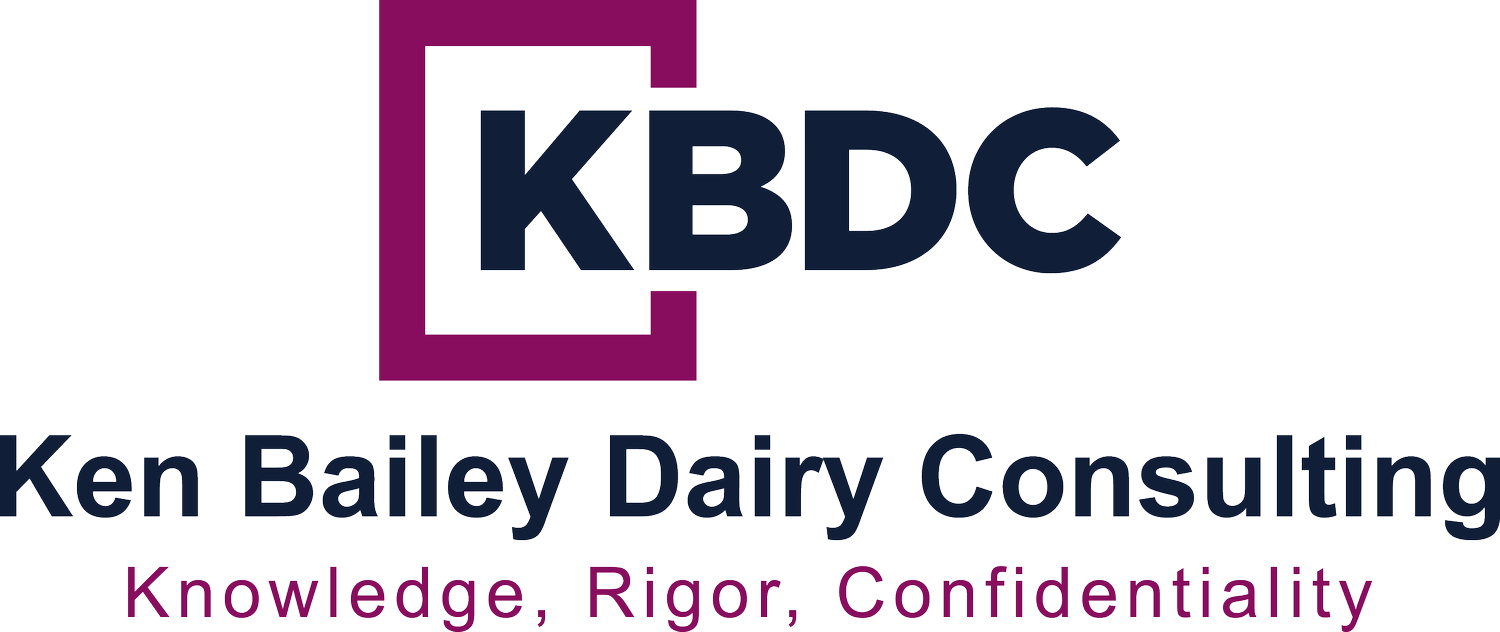Prepare a rigorous oversight plan for risk management - week 10
November 14, 2022
This is the last week of my 10 lessons I learned from managing a risk management desk. Lesson ten is to have a rigorous oversight plan in place before risk management activities commence, including a daily or weekly position report. That position report should include all derivatives (futures/options) and physical offsets, and mark them to market (compare the entry price at the time the trade was placed with today’s futures prices). It’s not desirable or practical for senior management to oversee every risk management transaction. That would be cumbersome given the need for speed when offsetting risk. It’s not even necessary if the risk management department has the necessary parameters to operate outlined in the risk documentation. But senior leadership needs to know the overall position on a timely basis, as well as the margin needs to maintain those positions.
Oversight begins with the approval of daily risk management transactions. Someone needs to review the day’s trades and compare them to approved trades in the risk documentation. And someone (could be the same person) needs to enter those trades in the company’s position report. The key here is a separation of duties – traders vs. oversight. If the person designing and executing trades is also approving the trades and entering them into the position report, then there is no separation of duties and there could be a temptation to “fix the books.” If that were to happen, and it has in the past, senior management would not have a clear understanding of the risk position until something went terribly wrong.
The next step in oversight is for all trades and physical offsets to be “marked-to-market” and rolled up into one net position. For example, if you have a fixed price sale for Q4 and offsetting long futures contracts, each position would be “marked” to the day’s futures prices (up or down) and the gain/losses from these positions would all be added up. That is the net position.
The final step in oversight would be for senior leadership to review these net positions and examine if they are within “position limits” outlined in the risk management documentation. For example, if the documentation states that 80% of all risk positions must be offset within two days, they could check to see if there were enough longs to offset 80% of those fixed price sales. If not, the position must be “cured” or “corrected” by adding more long positions.
Risk management is a rigorous process and requires careful study, documentation, and oversight. The risk manager must begin with designing effective hedges, ensure the hedge is authorized, execute hedges properly, and monitor those positions until settlement. The back office staff must approve daily trades, enter them into the position report, and forward that report to senior management. The latter must provide proper monitoring and oversight to ensure that risk management activities are on track. But that does not mean oversight of daily trading which could backfire and snarl up and slow down the risk management process.
In conclusion, proper oversight is essential for a well-functioning risk management program.
